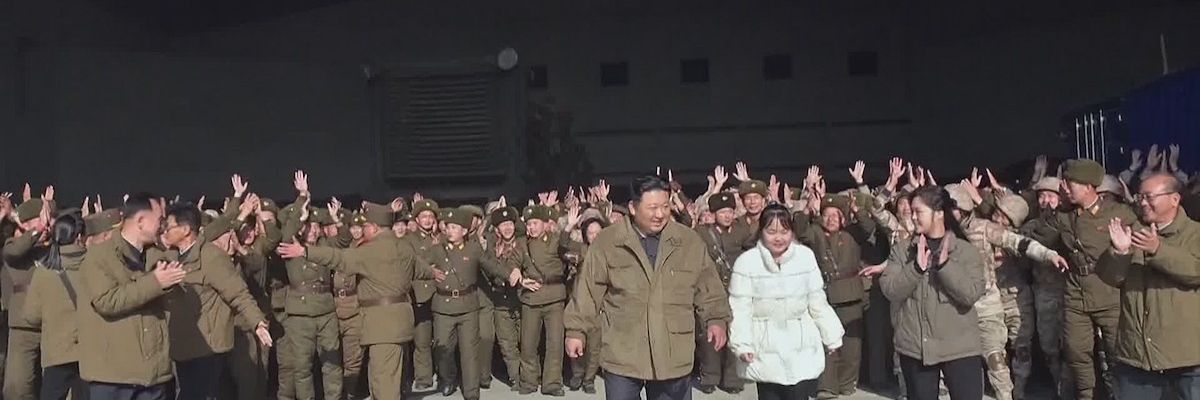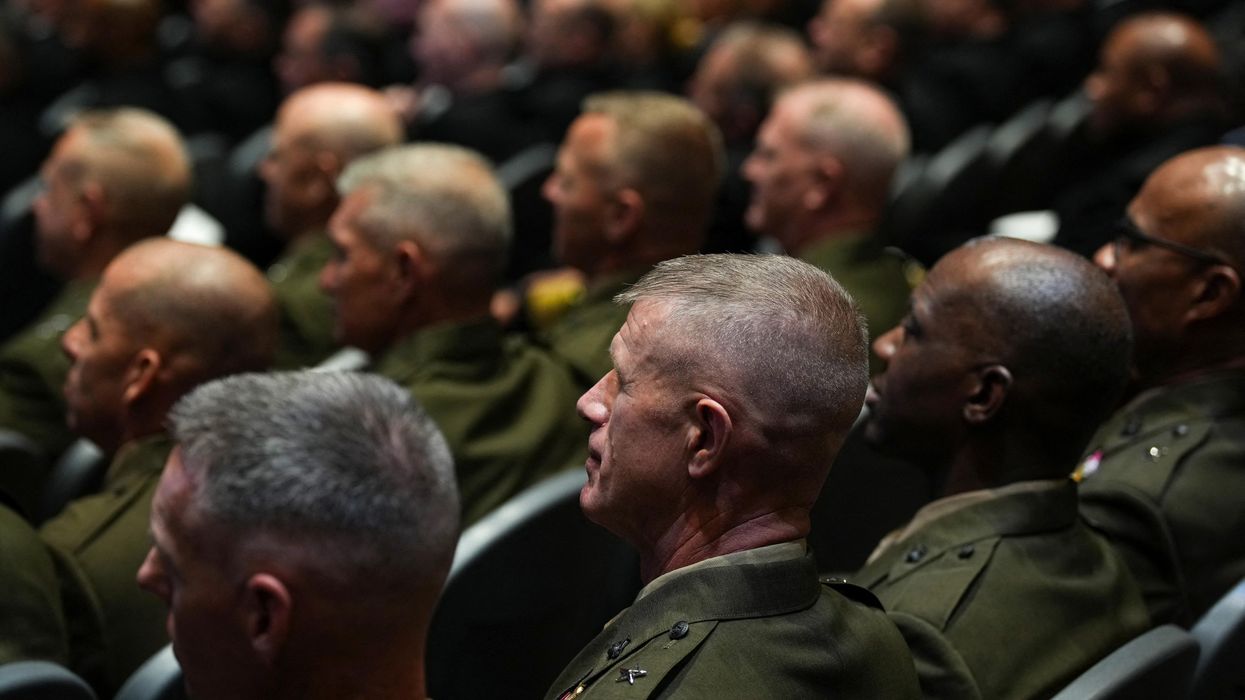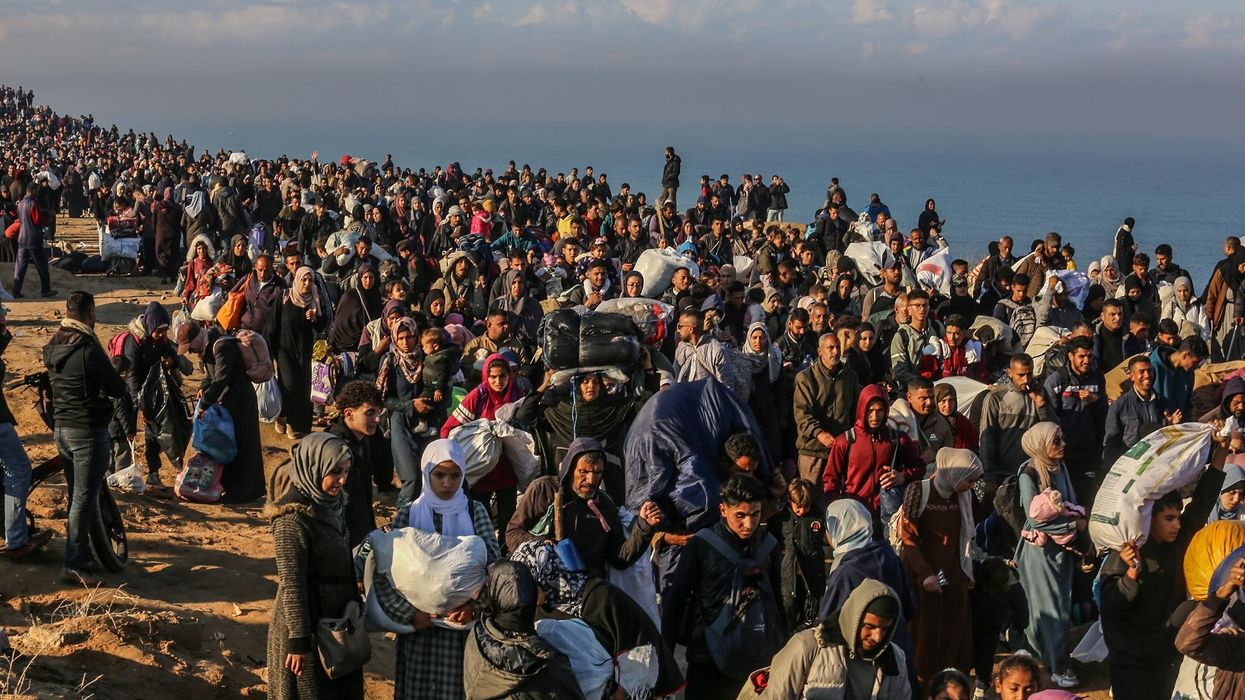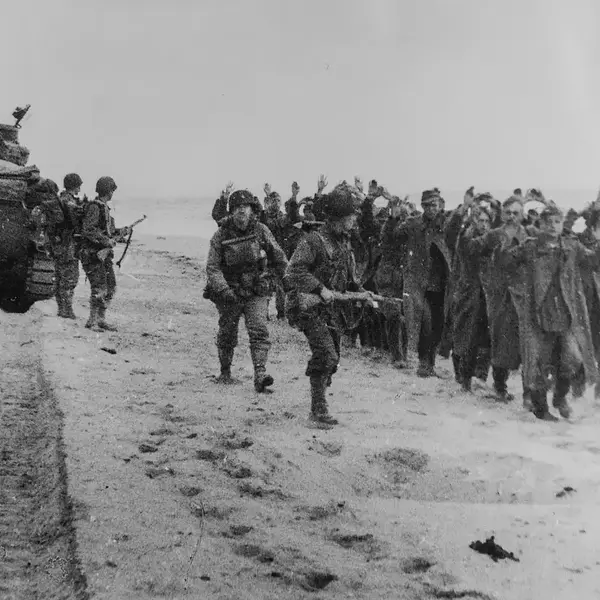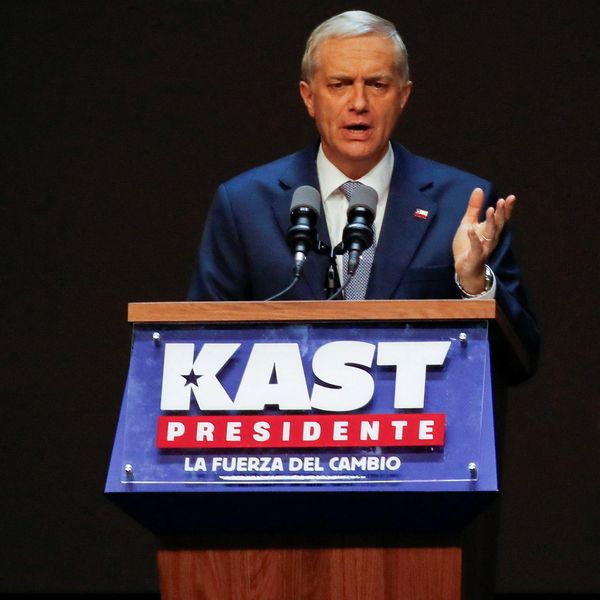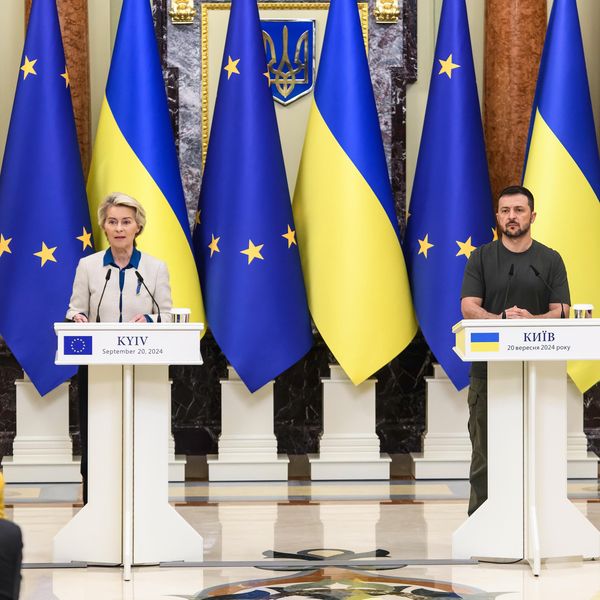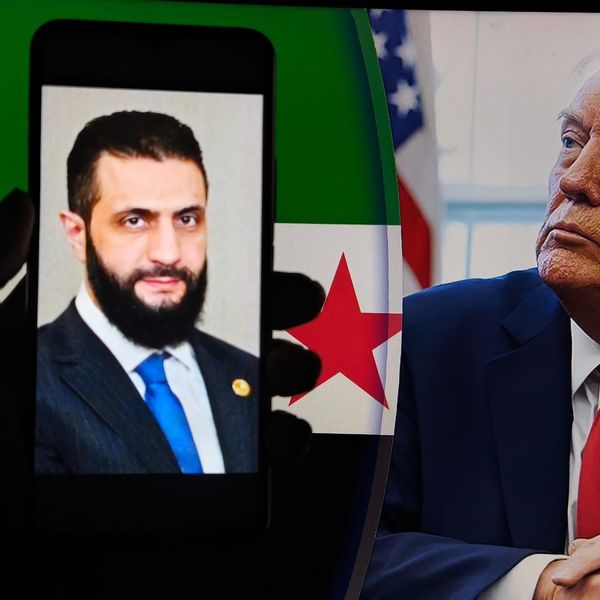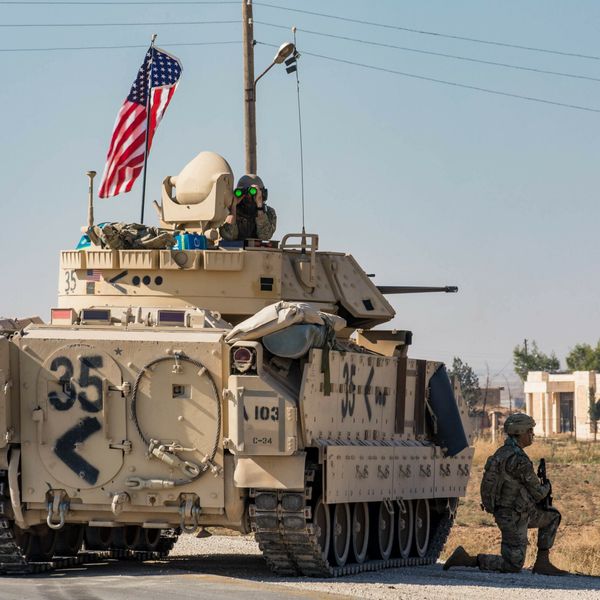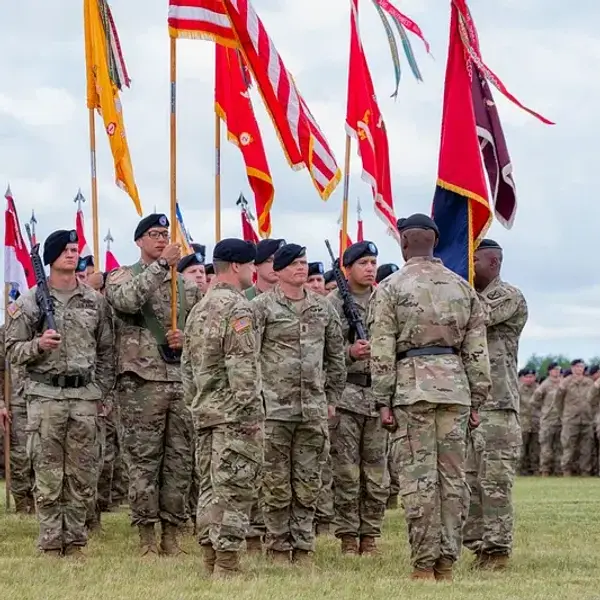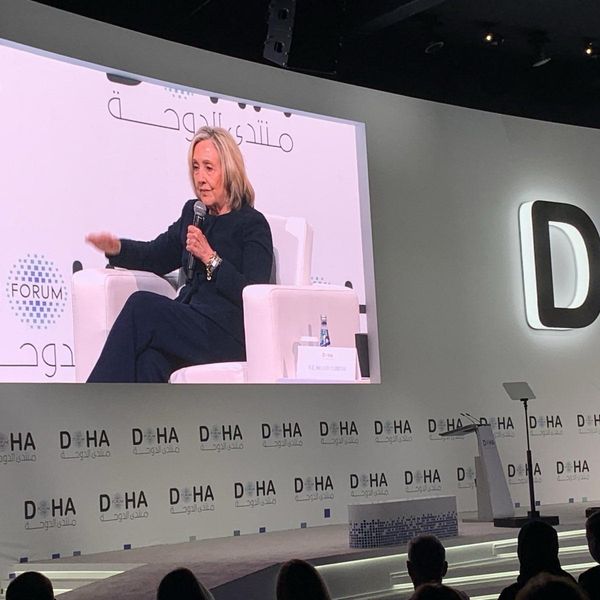While it might not get the attention it did back in 2017 when North Korea and the United States traded nuclear war threats, the hermit kingdom is back in the news — and for a good reason. The Kim family is now testing new long-range missiles, or ICBMs, that can strike the U.S. homeland with a nuclear weapon.
None of this, of course, has to happen. The reality is that while Washington will never be able to eliminate North Korea’s nuclear weapons program, it does have the ability to shape it in a way that could provide fundamental safety and security for the region. But unfortunately, politics is preventing reason from winning the day. And that means North Korea will keep building more nuclear weapons and missiles for years to come and as such, continue to generate fear across its borders and the debate over whether South Korea should build its own nuclear arms.
How North Korea Became a Defacto Nuclear Weapons State
For starters, let us consider what North Korea has achieved and why.
Pyongyang, despite having an economy smaller than the size of Ethiopia, has built a nuclear arsenal of at least several dozen warheads with missiles that can strike anywhere in the United States, even though its people barely have enough food to eat.
Indeed, the Kim family for decades has prioritized nukes over nutrition, as it knows Washington and its allies hold conventional military superiority over the north and nuclear weapons guarantee survival.
As atomic arms technology is straight from the 1940s, we should not be shocked Pyongyang was able to build nuclear weapons and long-range missiles — 1950s technology — to try and deter any designs for regime change from the West.
A DPRK Playbook That Needs to Be Lit on Fire
Sadly, the United States and its allies have followed the same failed playbook on North Korea over and over for decades: an over-reliance on sanctions that has done nothing to halt Pyongyang's atomic ambitions.
By any appreciable measure, sanctions have failed because any North Korean sanctions regimen requires China — North Korea’s staunch ally — to reinforce it, a laughable proposition at best. Indeed, over 90 percent of Pyongyang’s trade moves through China in one way or another, meaning if Beijing does not enforce the embargoes, they are meaningless. And, as history has shown, the Chinese Communist Party, craving stability above all else, does not want to see North Korea destabilized in any way.
This means sanctions are never enforced to the point where Pyongyang feels enough pain to consider changing course. And with U.S.-China tensions near historic highs, Beijing senses it is in no position to help Washington with anything unless it gets something in return.
While all of these moves politically show strength and a response that looks like Washington is doing “something” about the issue, nothing could be further from the truth. They only aggravate the situation and allow North Korea to keep building more nukes.
A New Approach: Less Sanctions, Less Nukes
North Korea’s nuclear program has reached a massive industrial scale, comprised of thousands of scientists, workers, and facilities with a knowledge base and know-how that would be impossible to erase. Meanwhile, various options for arms control and threat reduction have been floated for years, whereby North Korea would get sanctions relief for a level of caps, controls, or limits on its nuclear weapons and missile programs. While it would be politically impossible to admit that the quest for denuclearization is a false one, a long-term road map could be created for a scaled-back DPRK nuclear and missile program in exchange for sanctions relief that would be implemented over a decade.
A first step would be to trade some sort of sanctions rollback — the permitting of textile exports worth hundreds of millions of dollars — for a permanent ban on North Korean missile testing in the medium-to-ICBM range. That would limit Pyongyang’s ability to develop weapons that can hit U.S. bases in Asia and the homeland. If North Korea honored that commitment for 90 days, another small agreement could be reached whereby if the Kim family scrapped its submarine-based nuclear deterrent program, another section of the sanctions regimen could be removed.
This pattern of action-for-action could be implemented over a consistent period time to build trust.
While an action-for-action nuclear threat reduction plan for North Korea will not rid the world of the Kim family’s entire nuclear arsenal, such a concept could very well limit and cap its ability to threaten the world by growing forever in size and scope. While neoconservatives will scream appeasement, we would finally see some progress on the North Korean nuclear issue and be able to test Pyongyang’s stated goal of being a responsible nuclear weapons state. While even uttering such a phrase might not appeal to anyone, an unchecked expansion of the Kim family’s nuclear weapons program is even more terrifying.
Responsible Statecraft’s independent, authentic journalism promotes democratic accountability and poses a transpartisan challenge to militaristic foreign policy! Responsible Statecraft is the online magazine of the Quincy Institute(QI). Please help us lift up new voices of realism and military restraint with your 100% tax-deductible donation to the Quincy Institute in support of Responsible Statecraft. Donate here.

